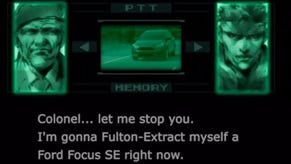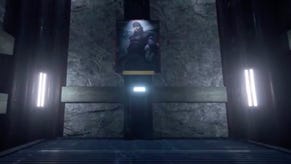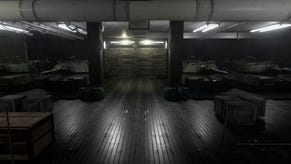Tech Analysis: Metal Gear Solid HD on PS Vita
Sub-native, non-HD, but still compelling.
The Metal Gear Solid HD Collection for PlayStation Vita brings two of the most highly regarded PS2 titles ever made onto Sony's beautiful new handheld, scoring highly by default owing to the underlying, timeless brilliance of the original games. They were stunning on PS2 and beautiful on the HD consoles - only the overly compromised 3DS version of MGS3 proved disappointing.
The games remain compelling on PlayStation Vita, but we have some basic misgivings about the quality of the conversion and the overall value of the package. It's not that this latest iteration of the HD Collection is a poor release as such, it's just not near as good as it could have been - as it should have been - and the complete omission of Metal Gear Solid: Peace Walker is not only mystifying, but undermines the overall value of the release bearing in mind its price point.
But first things first - how can you have an HD collection for a platform that doesn't actually have a high-definition screen?
Even if we define Vita's native res as HD, this collection still manages to disappoint in that the principal framebuffer isn't even running at the Sony system's native 960x544 pixel density - by our reckoning, developer Armature Studio has settled on a 720x448 base resolution - and that's with no anti-aliasing. So if it's not HD, and it's not even native res, what is it?
In putting together the Digital Foundry Metal Gear Remastered analysis, we found that the original Konami engine operated at a 512x448 resolution, with the PS2 hardware scaling that up to 640x448 on output. In essence then, this new Vita game could be described as a higher definition collection, with the extra resolution simply accommodating the shift to a 16:9 aspect ratio, with a wider field of view. As you'll see in the shots below, which represent both gameplay and cinematics, the most dramatic difference is that the 4:3 letterboxed cut-scenes now fill out the whole widescreen display, just as they did on the PS3 and Xbox 360 versions.
"An HD collection that isn't anywhere near high-def resolutions may seem insane, but the quality of the original games in combination with Vita's beautiful screen still makes for a highly worthwhile gaming experience."
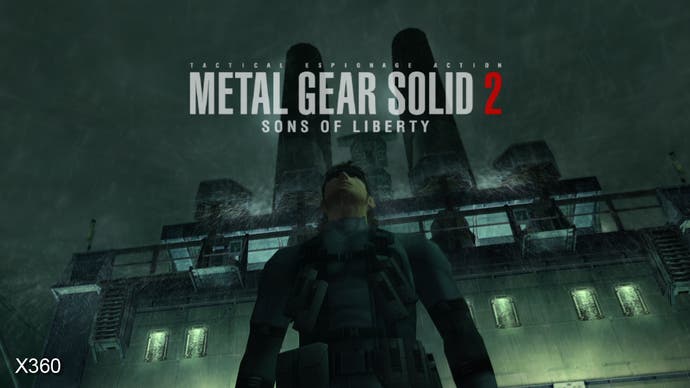
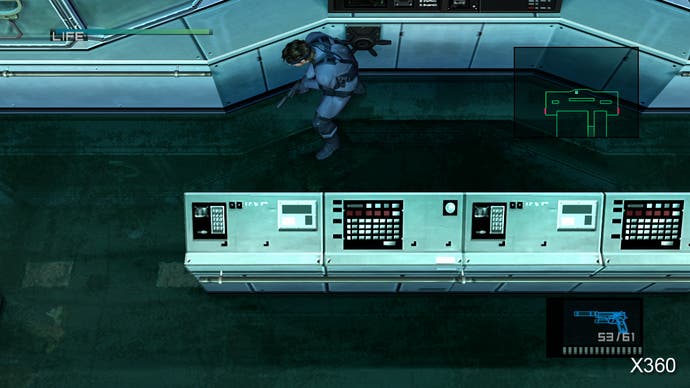
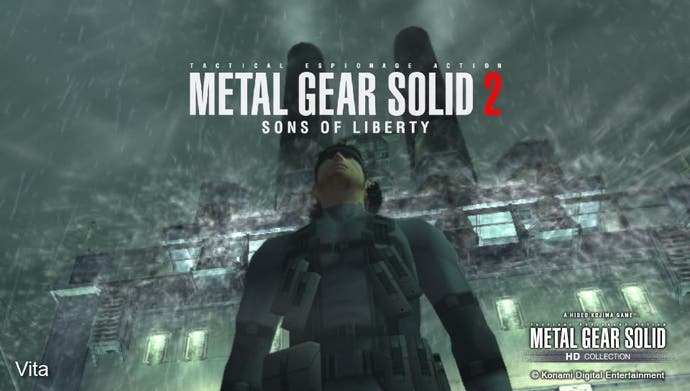
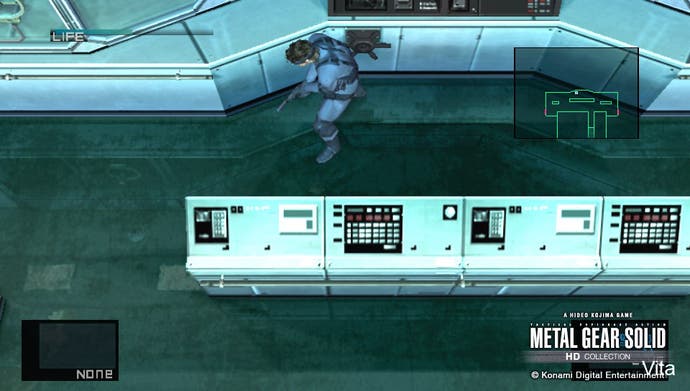


Incidental elements in the presentation do run at the Vita's top-end resolution though. Overlaid onto the sub-native renders you'll find pristine, pin-sharp UI graphics. Similarly, codec sections and the status screens in Metal Gear Solid 3 also operate at native res - and seeing the Snake model here does serve to highlight the difference somewhat. In terms of image quality, MGS3 is also noteworthy in that the overall aesthetic of the game, specifically in terms of its bloom effects, serves to mask the jaggies somewhat - far more so than in its predecessor. Here, the resolution deficiency doesn't seem quite so pronounced, only really noticeable on high-contrast edges.
Overall, it's fair to say that the fundamental increase to image quality compared to the PS2 versions doesn't so much come from Armature's efforts so much as Sony's - PlayStation Vita renders in progressive scan by default, and also has the benefit of that wonderful OLED display. Compared to the analogue, interlaced displays we would have played these games on in the past, this is where we find most of the quality premium compared to our experiences with the games running on original hardware.
Onto performance then, and here we see more commonality with the original PlayStation 2 titles than we do with Bluepoint's PS3 and Xbox 360 HD conversions. Metal Gear Solid 2 follows the PS2 pattern of running certain scenes at 30 frames per second with the game's signature heavy frame-blending/motion blur, while others operate at a locked, v-synced 60FPS. This was pretty solid on the PS2, but we did find a couple of areas on Vita where the code would frame-out, resulting in momentary drops to 30FPS - the bridge of the tanker at the beginning of the game (pictured above on the right) being a case in point. On the PS3 and Xbox 360 versions of MGS2, all elements ran at 60FPS, with only minor dips in performance.
"Frame-rates are more in line with the PS2 originals rather than the 60Hz of the HD console versions, but the overall performance in the more challenging MGS3 seems more consistent on PlayStation Vita."
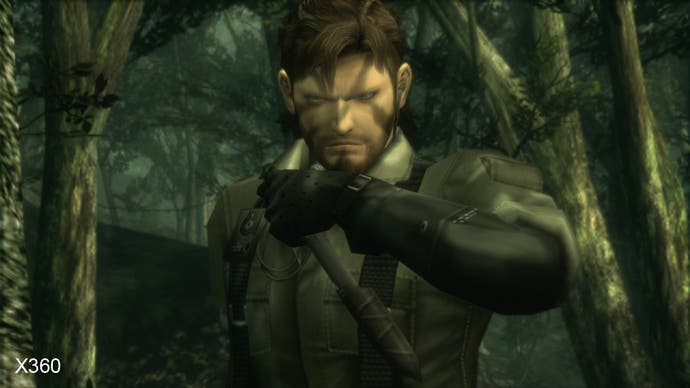


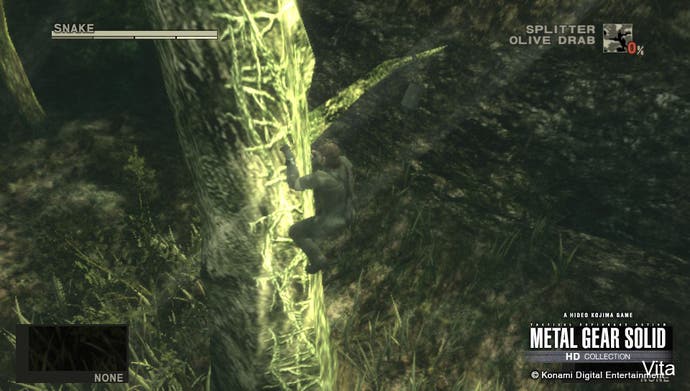

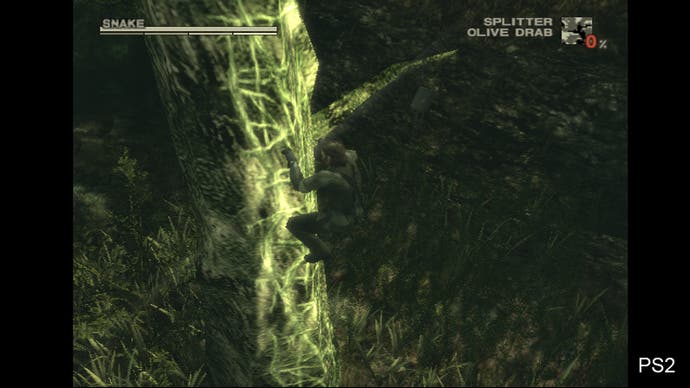
It's a different story with Metal Gear Solid 3: Snake Eater. On PlayStation 2, the engine was pushed to its limits, resulting in big drops to performance in cut-scenes. Forcing the original game to output progressive scan (via Blaze's HDTV Xploder - which also works on back-compat PS3s) seems to indicate that Konami dropped v-sync in gameplay where necessary in order to maintain a more fluid frame-rate - a practice that only really became common in the current HD era. On Vita, thankfully, we have locked v-sync, and there appears to be enough horsepower to maintain a much more consistent 30 frames per second, with only certain cinematics causing frame-rate dips.
While the Metal Gear Solid HD Collection mostly fails to live up to its high-def billing, the fact is that these games have the quality and class to work well on any modern platform, even without any kind of actual "remastering" work being carried out on the core art assets. For whatever reason, Armature wasn't able to provide anything like full resolution or the slick fluidity of consistent 60FPS gameplay as we see in the PS3 and Xbox 360 versions, but despite this, the games remain highly compelling and we had a huge amount of fun playing them. Vita-specific touch-screen enhancements - including touch-based inventory and weapons selection, stealth movements and attacks, along with cut-scene camera manipulation are also welcome too.
"The omission of Peace Walker from the package is bitterly disappointing bearing in mind the many technical challenges the original PSP game struggled to overcome."
It's just a shame that Konami decided not to bring Metal Gear Solid: Peace Walker to the new Sony handheld, further compounding the sense that this collection isn't quite as good as it should have been. There's nothing stopping you paying £15 for the original version on the PlayStation Store - exactly as we did - but it runs under PSP emulation meaning that all the drawbacks of the original release are just as pronounced, if not more so on Vita's exceptional display.
Resolution is low at PSP standard 480x270, frame-rate is iffy, and a lower-precision framebuffer is used, meaning that the entire screen has a stippled effect to it which is then upscaled on the higher-resolution OLED display. Digital pad issues can be somewhat mitigated by mapping the controls to the second analogue stick but it's not a patch on a proper implementation.
Peace Walker's omission is even more frustrating bearing in mind that the more simplistic visuals (in relation to its PS2 siblings at any rate) shouldn't have been a problem at all to render at Vita's native resolution - and the video above based on the PS3 HD remaster gives some idea on how much better if might have looked. Even if 60 frames per second couldn't have been achieved for whatever reason, a locked 30FPS would still have been an immense improvement over the embrassingly low 20FPS of the PSP original.
In short, the game that stood to gain the most from the HD "remastering" process is completely ignored by Konami - a bone-headed decision that not only does a disservice to Metal Gear fans, but also seriously undermines the value proposition. At the time of writing, there's only a few pounds separating the HD and Vita versions of the HD Collection at most online outlets - fans might expect to pay a premium for a new release compared to what is now an established catalogue title, but not when the conversions aren't quite all they should have been - and with an entire game missing to boot.





